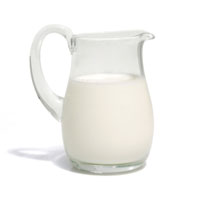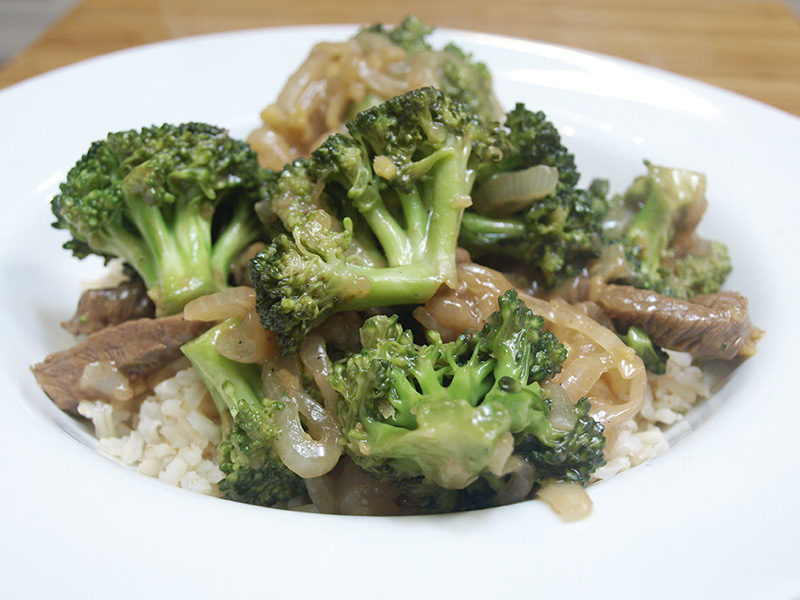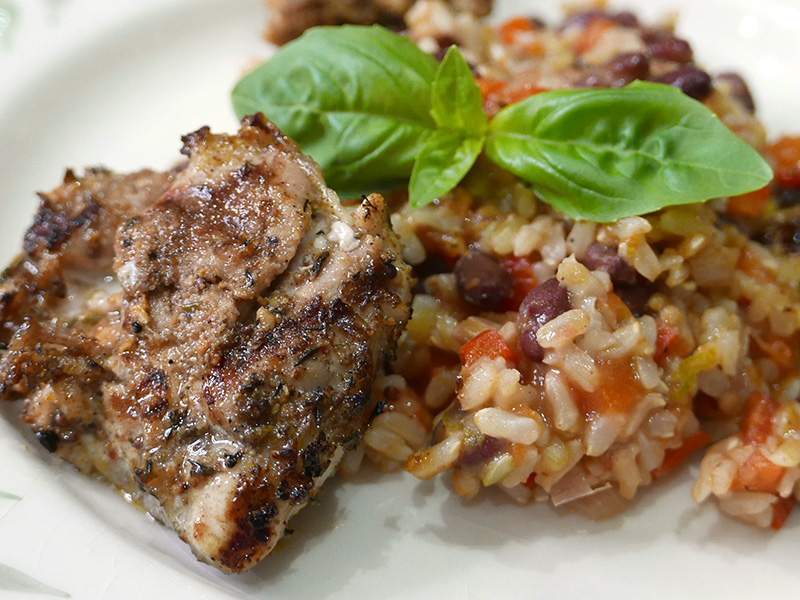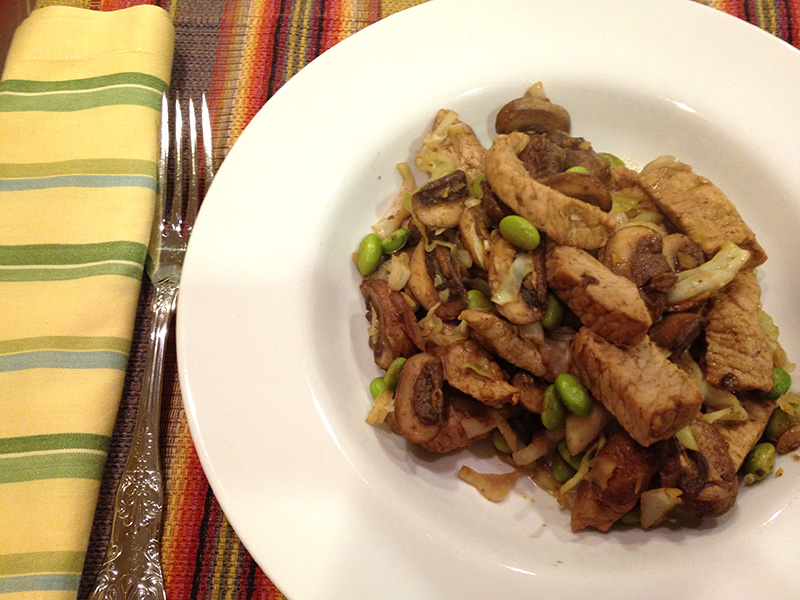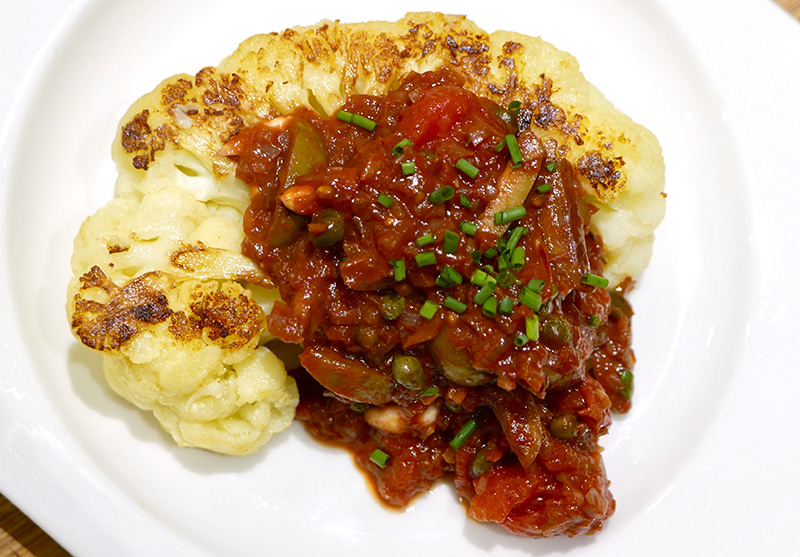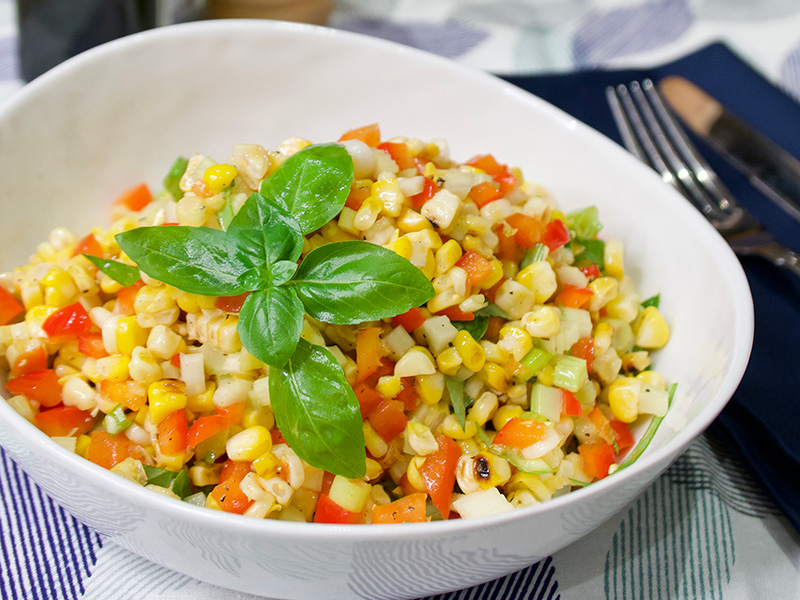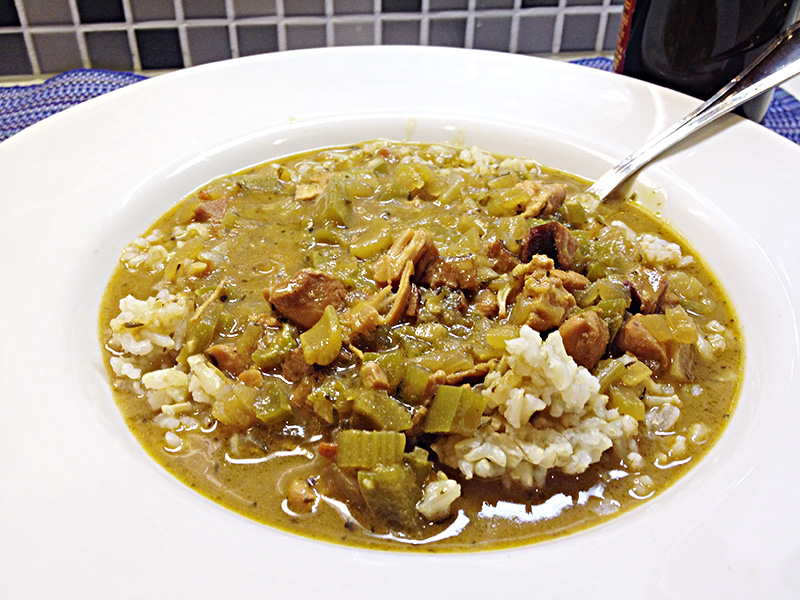What is Lactose Intolerance?
The main sugar found in milk is lactose and is actually made up of two sugar molecules bound together (a di-saccharide). The body can't absorb lactose and it must be broken down into the two sugar molecules (mono-saccharides) glucose and galactose. Many people lack the enzyme lactase that the body uses to break down lactose, so the "milk sugar" is not absorbed and passes from the small intestine to the large intestine (colon).
The problem is that the bacteria living in your large intestine love lactose. We think of these bacteria as the "good guys" (and they are) but while they are breaking down the lactose, the bacteria in the colon create lactic acid and other chemicals which cause many unpleasant effects, including abdominal bloating, gas, stomach cramps, flatulence, and diarrhea. More »
Recipes for those who are Lactose Intolerant
Our recipes for those who are lactose intolerant are first organized by overall type, such as Chicken Main Course Recipes, Breakfast Recipes, or Side Dishes and Extras, then further broken down by Lactose-Free, Borderline (these recipes contain contain lactose-containing ingredients but may be safe for some: proceed with extreme caution); and Cheese-Containing (recipes that contain cheese: some with lactose intolerance may be able to tolerate these cheeses in these amounts: proceed with caution depending on how lactose intolerant you are).
Who is Lactose Intolerant?
Lots of people. Most of us begin to lose the ability to make the lactase enzyme after being weaned. It is those of mostly Northern European and Scandinavian descent who are still able to make the lactase enzyme well into adulthood. The theory is that those people who did tolerate lactose in an environment where cows were a main source of nutrition survived better and thus passed on the genes for making lactase more successfully.
This means that most other populations not farming such animals are lactose intolerant by adulthood. Here's a rough breakdown:
* 80% of those of Asian descent
* 79% of Native Americans
* 75% of those of African descent
* 51% of Hispanic Americans
* 21% of Caucasians

